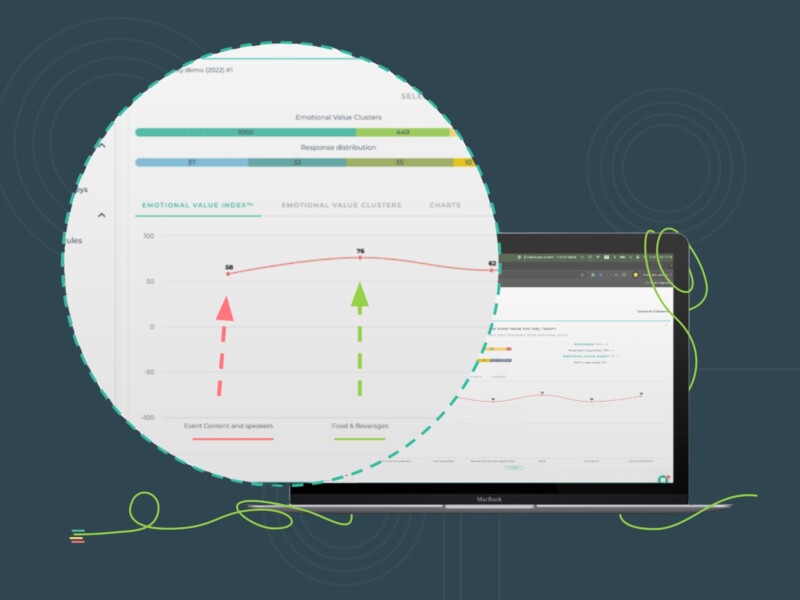In our previous post, we addressed the importance of mapping out the customer journey(s) of your business in order to understand your customers and what affects their overall perception of your business.
Touchpoints are the most integral aspect of any buying journey and they determine the quality of the customer experience you deliver. If businesses want to delight their customers with a flawless customer experience, they have to ensure every interaction with their customers is flawless.
But, what is a customer touchpoint?
A touchpoint is identified as any point of contact or interaction that takes place between the customer and the business. Today, businesses offer multiple channels or platforms for customers to reach out to them and therefore, touchpoints can occur in a multitude of ways. Although difficult, it’s important to identify all touchpoints related to your business to map a comprehensive and accurate customer journey.
But, why are touchpoints so important?
Weak touchpoints can discourage the customer from doing business with your enterprise. Therefore, it’s vital that businesses pay attention to improving touchpoints that occur in every phase of the customer journey. More specifically, touchpoints help you,
- Identify existing pain points and fix them
- Gather customer feedback and improve the customer experience
- Map and understand the overall customer journey better
- Strengthen the brand’s exposure via different touchpoints
- Improve customers’ perception and enhance loyalty
- Understand how touchpoints affect each other
But, how do you identify touchpoints?
In order to identify touchpoints effectively, you have to take the perspective of the customer and imagine numerous practical scenarios they will face with your brand. For example, picture an instance where a customer comes across one of your advertisements, picks up the phone to inquire about the product/service, makes a purchase via the website, and leaves a feedback or review. There are many touchpoints that occur in this situation.
But, to keep it more organized, identify the touchpoints related to three major phases of the customer journey. Here’s how you can do it.
1. Awareness stage touchpoints
This is the first phase of the buyer journey. Think of different ways in which customers can come across your brand. Most of the touchpoints in the awareness phase are related to promotions, so can gather information from your marketing department. Businesses should fine-tune these touchpoints and the quality of experience they provide in order to gain customers’ attention. These touchpoints expose your brand to the public and create the first impression of your business.
Some of the common touchpoints in this are,
- Print and digital advertisements
- Digital marketing campaigns
- Website
- Promotional events
- Word-of-mouth
- Referrals
- Reviews
2. Purchase stage touchpoints
This is the intermediate phase of the customer journey where the customer reviews, tests, and purchases the product/service. Here, focus on different ways through which customers connect and interact with your business during the sales process. You can gather information from your sales department/team. While improving each touchpoint individually, it’s also important to improve the transition from one touchpoint to another to create a seamless customer experience.
Some of the common touchpoints in this stage are,
- Website
- Retail store
- Phone calls
- Chatbots
- Customer agent
- Product catalogs
- Point of sale
3. Post-purchase touchpoints
This is the final phase of the customer journey. Here, focus on the ways through which the brand follows up with the customer or the customer reaches out for queries or feedback after purchasing the product. These interactions strengthen the overall experience received so far, and therefore businesses need to pay a lot of attention to this phase. Moreover, improving post-purchase touchpoints can help you retain clients and enhance the Customer Lifetime Value (CLV).
Some of the common touchpoints in this stage are,
- Email newsletters
- Feedback surveys
- Customer reward or loyalty programs
- Customer support
- Billing
New touchpoints continue to develop as technology advances and businesses adopt new strategies and ways to interact with customers. Therefore, it’s important to keep updating the list!




